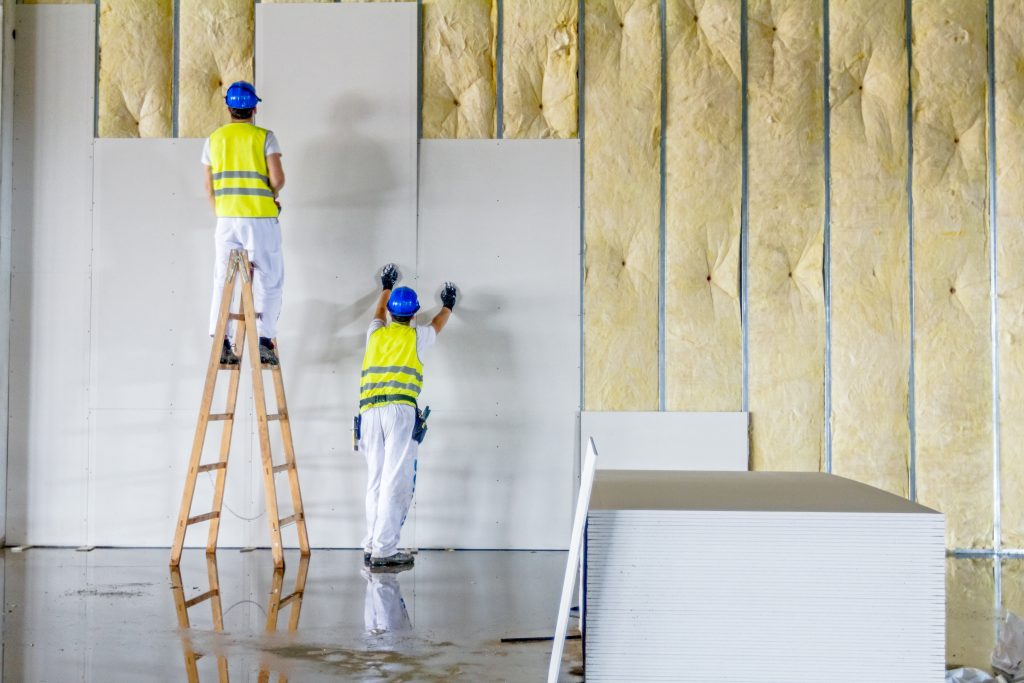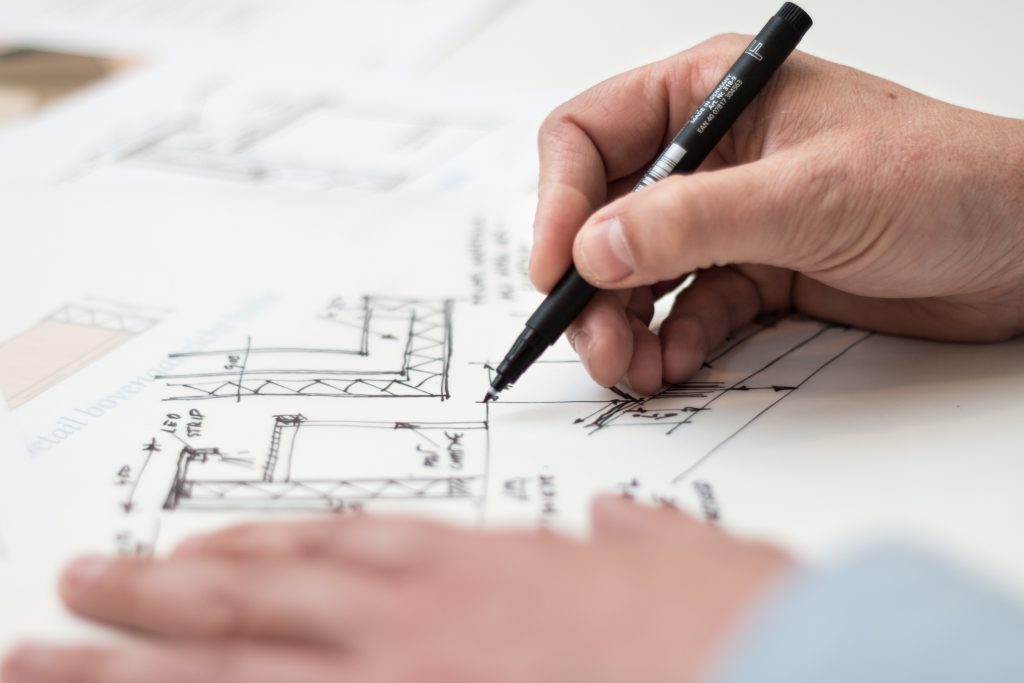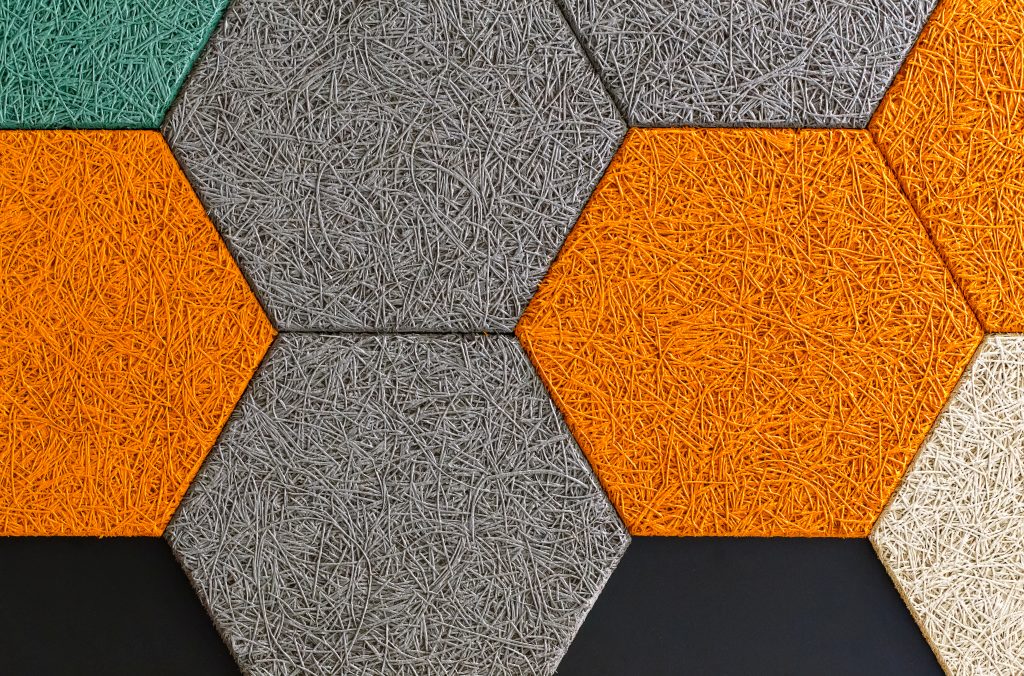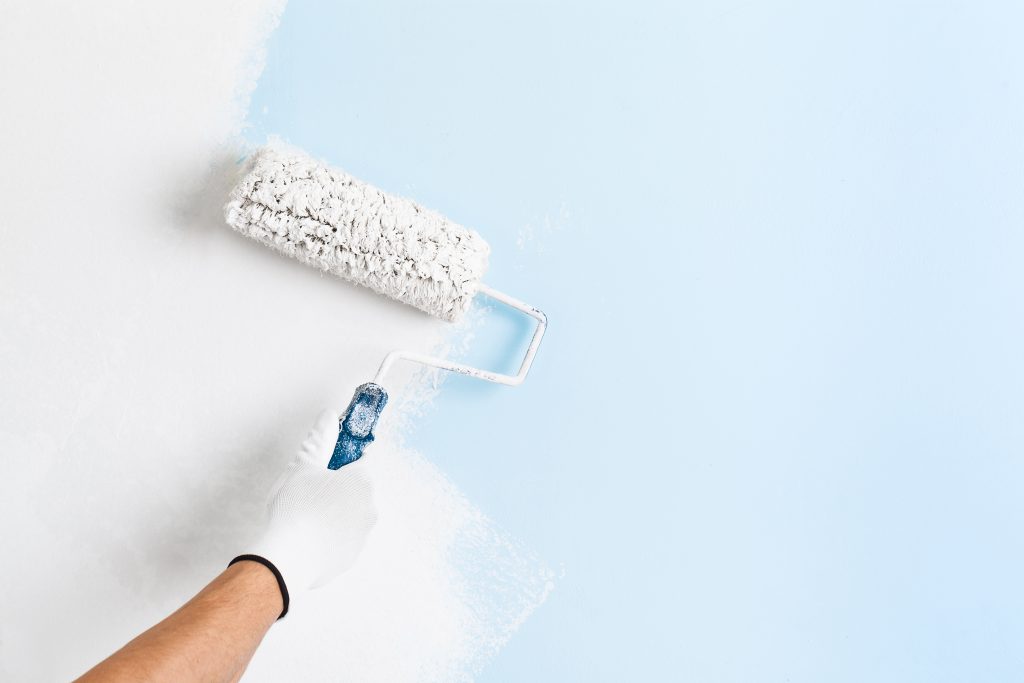These days sound is being used in so many innovative, productive ways, not just by the musicians, but by the medical community as well. Scientists are exploring the amazing world of sound to harness its capabilities to build new technologies which are now being used in the field of medicine for many different purposes. At the core of these inventions lies a simple understanding – certain types of sounds, which are harmonized in a certain way are capable of affecting human physiology and psychology in an exceedingly positive manner.
But the opposite of this is also true – sounds that aren’t harmonized (this includes everything that creates noise pollution, on every level) can affect our systems in an exceedingly negative manner. This is why it’s super important for a medical setup to have an effective noise reduction mechanism in place. If you too are searching for medical centre noise reduction tips, you’ve landed on just the right place.
Why Noise Reduction & Acoustics are Important in a Medical Setup
To Maintain the Patients’ Privacy – When patients seek medical help by visiting a physician, therapist, or mental health professional, they are required to reveal private and personal information. So, it’s the responsibility of the medical professional to safeguard this sensitive information by following a strict code of confidentiality and privacy. For this purpose, it’s absolutely essential to soundproof certain areas of your facility. Soundproofing can help make your patients feel comfortable in your environment, building a strong bond of trust and mutual understanding.
To Maintain a Quiet, Restful Environment for Speedier Recovery – The WHO recommends that the noise levels in a patient’s room should remain marginally louder than a whisper. Anything louder than that is harmful to the patient’s recovery. High noise levels can interfere with wound healing and pain management since they can disrupt the patient’s sleep cycles. Several studies have also revealed that too much noise in a medical setup tends to increase the stress levels and blood pressure levels of the patients while reducing the employees’ productivity and job satisfaction.
To Cancel Out or Reduce the Noise Produced by Medical Equipment, Processes, or by Other Patients – A patient’s rest and recovery can get impacted because of external noises produced by medical devices, monitors, wheelchairs, carts, elevator machinery, etc. Employees’ or other patients’ or their family members’ voices can also disrupt the recovery process.
To Give Your Employees a Better, More Peaceful Working Environment – Having proper acoustics isn’t just for the benefit of your patients but for your staff members as well. According to a study, a noisy environment can inhibit productivity by up to 66 percent. Poor acoustics can also lead to miscommunication between your employees which is the last thing you’d want to confront in a medical facility setup.

Methods You Can Use for Noise Reduction
Now, we’ll discuss some of the most effective methods you can employ to control the noise levels along with some really handy medical centre noise reduction tips and tricks. Depending on the nature and stature of your facility you can decide which of these methods would work best for your needs.
Medical Centre Noise Reduction Tips #1
Taking Care of Things at the Design/Construction Stage Itself
It would be an ideal scenario if you can start at the design and layout stage itself. Our top 3 medical centre noise reduction tips in this regard include –
- Design your units in such a way that your patients are away from spaces like waiting rooms, rooms with machinery and heavy equipment (like x-ray rooms), and areas with heavy footfall such as stairs, elevators, dining or kitchen areas, etc.
- Provide your employees with private work spaces which can be used for brainstorming sessions, staff meetings, planning new strategies, or simply putting their heads down in order to recharge their systems before (or in the middle of) a hectic shift.
- By using absorptive materials like rubber flooring and antimicrobial fabric panels, you can significantly reduce the noise levels in your healthcare environment. People usually dismiss these ideas because these materials are a little more difficult to clean but they can definitely help control excessive noise levels. Use materials with a high NRC or Noise Reduction Coefficient during the construction of your facility.

Medical Centre Noise Reduction Tips #2
Getting the Right Kind of Furniture and Furnishings
Today’s modern furniture trends lead towards minimalism. Designers love to keep their floors bare and the idea of exposed ceilings is considered super chic and elegant. However, in a medical facility, such furniture or design sensibilities usually don’t work. Among other reasons, one reason is that these pieces of furniture don’t absorb sound well.
For a healthcare centre, it’s ideal to get sound-absorbing furniture as well as furnishings specially designed with specific dimensions and materials which are capable of reducing noise. High-backed couches, lounge chairs, and enclosed booths are always preferable and it’s advisable to use fabrics like chenille, suede, and corduroy. You also need to arrange the furniture cleverly to reduce the noise levels further. The placement and spacing should be in such a way that noise reduction happens organically.
Old, noisy furniture is a big no-no! If you have furniture whose wheels tend to squeak or rattle, consider replacing them immediately. Installing thick carpets and appropriate curtains can also help control the noise levels to a great extent.
Medical Centre Noise Reduction Tips #3
Installing White Noise or Ambient Sound Machines
In areas where you can’t really control the noise levels, it’s recommended to install white noise machines. White noise or ambient noise, when played in the background, at a consistent volume tends to mask the unwanted sounds quite effectively. You can use white noise in the form of waves crashing on the beach, sounds of a tropical rainforest, or the sound of the rainfall.
Modern-day white noise machines are capable of producing sounds at neutral frequencies which are known to reduce stress levels while boosting a sense of calmness and peace. This tip is actually one of our most recommended medical centre noise reduction tips.
Medical Centre Noise Reduction Tips #4
Decorate With Indoor Plants
This is the simplest way of reducing noise – just add a lot of plants to the environment! Plants such as weeping figs, rubber plants, ferns, peace lilies, and zanzibars are ideal for this purpose. These plants won’t just help control the noise levels, they’ll also give the space an effortlessly aesthetic look. As a result, your patients and employees will feel more calm and comfortable.
It’s advisable to go for bigger plants since they are better at noise absorption. You can also consider getting a garden wall for at least one corner of the facility to really ‘bring the outside in’. It’s a fabulous idea! Noise levels will get reduced, the space will look beautiful, and everyone will get to enjoy better air quality. Not sure which plants work best indoors? have a read of our completed indoor plant guide here.

Medical Centre Noise Reduction Tips #5
Using Acoustic Plasterboard
Using acoustic plasterboard instead of regular plasterboard is also a very good option. Acoustic plasterboards (also known as drywalls or gypsum boards) are thicker than regular ones and have more mass. Some brands like the brand we use at ImpeccaBuild, Soundchek™ is reinforced with special, superior additives to offer even better results.
By using acoustic plasterboard, you can reduce the noise levels by up to 46 dB. That’s approximately a 90 percent reduction in the noise levels through walls! However, it’s important to note that if the rest of the room isn’t properly soundproofed, installing plasterboard won’t be able to cut the noise very well. So, it’s best to use plasterboards in tandem with other soundproofing mechanisms.
Medical Centre Noise Reduction Tips #6
Using Acoustic Panels and Partitions
Just like plasterboards, acoustic panels, and partitions are also very effective at reducing the noise levels. These days several different kinds of noise-absorbing panels and partitions are available in the market in a variety of aesthetically-pleasing designs. Portable, acoustic partitions are a very good option for dividing the patients’ rooms into smaller private sections.
These partitions are created by using sound-absorbing materials like cotton and polyester, which are good at soaking up the noise and then turning it into small amounts of heatwaves. You can also go for partitions with fibreglass on the inside to get even better insulation against harsh noises.
You can also go for hanging ceiling panels, which are also referred to as acoustic baffles. These types of panels are ideal for open, large spaces and also for areas with limited wall space.

Medical Centre Noise Reduction Tips #7
Door Seals and Sweeps
Sound entering through doors needs to be reduced as well. Doors connecting adjacent rooms can have gaps between the frame or floor, allowing sound to bounce around. This can easily become a nuisance in a medical setup and needs to be handled properly. One way to deal with this issue is to get new doors but if that’s not an option at the moment, you can consider using door seals and sweeps.
Door seals are made up of materials like silicone and aluminium. You need to line the perimeter of your doors with these seals to block excessive noise from entering (or leaving) the room. Door sweeps are also similar in nature but they are to be used at the bottom of the doors.
Medical Centre Noise Reduction Tips #8
Soundproofing Paint
Soundproofing paint can also be used to minimise sound reverberations reflecting off walls or other such surfaces. These types of paints are pretty easy-to-use and can be very effective too. You can also use them to fill gaps in the walls or doors.
It’s recommended to go for premium paint that offers fire protection and can withstand temperatures ranging from -30 to 200+ degrees Fahrenheit. A paint like that would last a long time, would be super easy to apply, and would most probably be odour-free as well.

Conclusion
By using the above-mentioned medical centre noise reduction tips and tricks, you’ll be able to cut excessive noise from different areas of your healthcare facility pretty effectively. Depending on the level of noise pollution you are dealing with and the nature of your facility, you can decide which of these methods would be ideal for you. Besides these tips, you can also enforce designated ‘quiet hours’ and ‘dimming of lights’ to further assist the soundproofing mechanism.
How Impeccabuild Can Help You in the Soundproofing Process
Irrespective of whether you planning to build a medical centre or already have one, hire an experienced fitout professional to get the soundproofing right. Expert supervision would certainly make things easier and quicker for you. Call Us On: 1300 LETS BUILD or send us an email at: [email protected]
You Might Also like:
If you enjoyed reading “Top 8 Medical Centre Noise Reduction Tips for Effective Soundproofing”, you may also be interested in:

